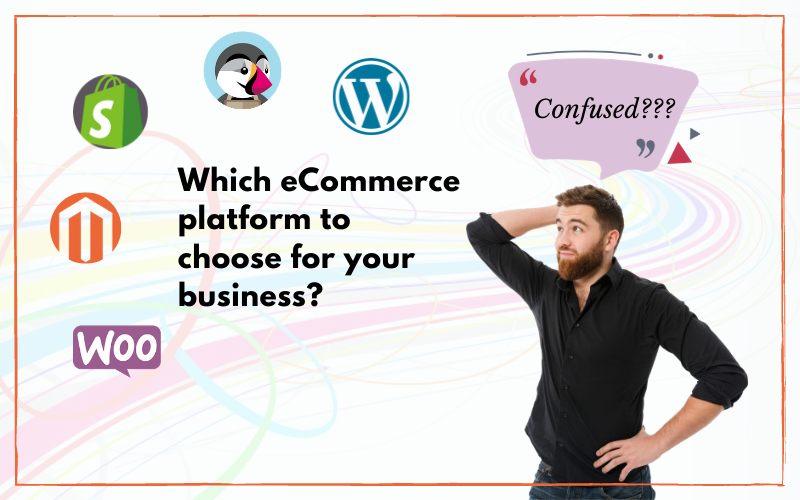How to Choose the Right E-commerce Platform for Your Business
Choosing the right e-commerce platform is a critical decision that can significantly impact your business’s success. Here’s a structured guide to help you make the best choice:
✅ 1. Identify Your Business Needs
-
Size of business: Are you a startup, growing business, or large enterprise?
-
Product type: Physical goods, digital downloads, services, or subscriptions?
-
Target market: Local, national, or international?
✅ 2. Consider Key Features
Look for platforms that support:
-
Mobile responsiveness
-
Multiple payment gateways
-
Customizable design
-
Inventory and order management
-
SEO tools and marketing features
-
Security (SSL, PCI compliance)
✅ 3. Evaluate Ease of Use
-
Can you set up the store without advanced technical skills?
-
Is the interface intuitive for daily operations?
-
Does it offer drag-and-drop builders or templates?
✅ 4. Scalability
Choose a platform that can grow with your business:
-
Can it handle more products, customers, and transactions as you expand?
-
Does it allow for integrations with CRMs, ERPs, or third-party apps?
✅ 5. Budget & Pricing
-
Compare monthly fees, transaction fees, and additional costs (like plugins or themes).
-
Open-source platforms (e.g., WooCommerce, Magento) may be free but require hosting and development costs.
-
Hosted platforms (e.g., Shopify, BigCommerce) usually include hosting and support in the price.
✅ 6. Customer Support
-
Is 24/7 support available?
-
Do they offer live chat, phone, or ticket-based support?
-
Are there active user communities or knowledge bases?
✅ 7. Popular Platform Options
Here are a few widely used platforms:
-
Shopify: Best for ease of use and all-in-one solutions.
-
WooCommerce: Great for WordPress users with customization needs.
-
BigCommerce: Scalable and feature-rich.
-
Magento (Adobe Commerce): Powerful, but suited for larger businesses with developer resources.
-
Squarespace / Wix: Good for small stores and creatives.
✅ 8. Trial and Reviews
-
Use free trials to explore the dashboard and features.
-
Read user reviews on sites like G2, Capterra, and Trustpilot.
Final Tip:
Map your business goals to the platform’s strengths. The right platform should support—not limit—your growth, marketing, and operations.






